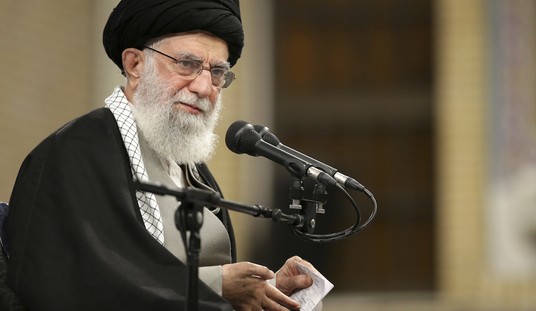The Environmental Protection Agency had its day in court today — which was merely one of the many before the highest court in the land this administration’s top environmental regulator has already had — this time arguing that the “good neighbor” provision of the Clean Air Act bestows them with the authority to selectively regulate the emissions of certain states that interfere with any downwind states’ ability to meet the allowed allotments for various pollutants. The biggest application of the provision, officially known as the Cross State Air Pollution Rule, would be in forcing states that produce more coal pollution to cap their emissions — and the two major options for reducing those emissions are either retrofitting power plants with costly pollution control technology, or shutting ’em down completely.
On Monday, eight Northeastern governors (all of which are Democrats) submitted a petition to the EPA urging them to double down on the harsher air regulations for nine Rust Belt and Appalachian states, via the NYT:
The East Coast states, including New York and Connecticut, have for more than 15 years been subject to stricter air pollution requirements than many other parts of the country. Their governors have long criticized the Appalachian and Rust Belt states, including Ohio, Kentucky and Michigan, for their more lenient rules on pollution from coal-fired power plants, factories and tailpipes — allowing those economies to profit from cheap energy while their belched soot and smog are carried on the prevailing winds that blow across the United States. …
In the case before the Supreme Court, the E.P.A. argues that the cross-state air rule, which it is required to issue under the Clean Air Act of 1990, is necessary to protect the health and environment of downwind states. The utilities and 15 states on the other side argue that the rule, as written by the Obama administration E.P.A., gives the agency too much regulatory authority and places an unfair economic burden on the states.
Regardless of how the Supreme Court rules, the petitioning governors are pushing for stronger constraints on their southern neighbors — and if the oral arguments in court today were any indication, it looks like they and the EPA might get a judicial blessing on the expanded authority they’re seeking. SCOTUSBlog breaks it down:
At issue is how the EPA can carry out the task assigned by Congress of making sure that states which generate pollution that then impairs the quality of air for their neighbors can be held accountable and made to do something about it. As the Court explored that issue, it became increasingly apparent that the Justices appreciated that, because it is not possible to blame State A or State B in precise portions for endangering the environment in State C or State D, maybe the EPA should be allowed a healthy amount of discretion to devise a plan. …
A group of upwind states that object to the EPA’s approach complains that it has no authority to impose such obligations on a state without first giving each state both notice of its share of blame and a chance to devise control strategies on their own. Texas’s state solicitor general, Jonathan F. Mitchell, put that argument before the Court.
But a group of private firms, mainly power companies, along with a labor union, complains that the Clean Air Act nowhere gives the EPA the authority to devise a cost-based method of calculating state control obligations, because that makes some states responsible for more than their share of transported pollution. Washington attorney Peter Keisler offered that argument to the Justices.
And the EPA being “allowed a healthy amount of discretion” almost never bodes well. Most of the justices evidently appreciated the difficulty that the EPA faces in really pinning down precise pollution patterns and various contributions from each state and that reverting to wider, more flexible federal authority by allowing them to interpret the rules themselves would be the path of least resistance — but this is only one of the many ways in which the EPA has lately been gunning to assign an increasing amount of increasingly ill-defined authority to itself and then wielding it in true big-government-zealotry fashion. They’re in process of trying to do much the same thing with the Clean Water Act, and this “good neighbor” provision will come in mighty handy in helping the Obama administration to further their crackdown on coal through whatever arbitrary and non-transparent methods they please.








Join the conversation as a VIP Member